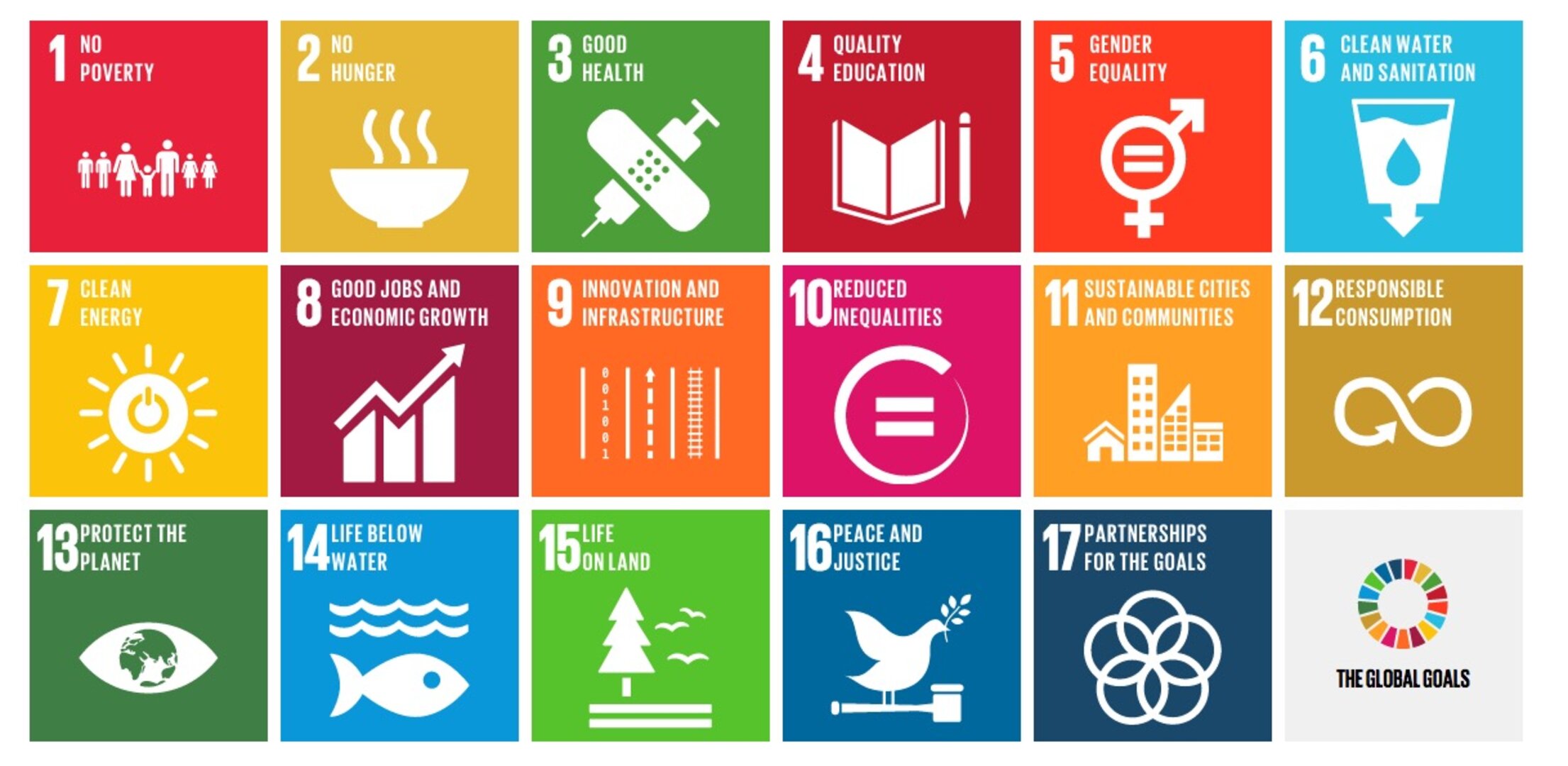
Biochar: An innovative path to carbon removal
Climate change poses an ever-increasing threat, demanding swift and uncompromising action to slash carbon emissions. Alongside emission reduction, the creation of carbon sinks has become essential to combat the climate crisis effectively. Among various solutions, biochar has emerged as a fast-growing technology for carbon removal. This article explores the role of biochar in removing carbon from the atmosphere while catering to sustainability and ESG leaders worldwide.
Biochar production and its by-products
Biochar, a carbon-rich material, is typically produced through pyrolysis of biomass without oxygen. Pyrolysis involves heating biomass, like wood, agricultural residues, or organic waste, at high temperatures (typically 350-700°C). During pyrolysis, volatile compounds, mainly carbon monoxide (CO) and hydrogen (H2), along with lower quantities of carbon dioxide (CO2), methane (CH4), and water vapor (H2O) are released. If not used for on-site heat generation, the pyrolysis gas can be refined into bio-oil, a renewable energy source and a precursor for various chemicals.
The biochar production process is versatile and can occur at various scales, from small cook stoves to large industrial plants. Modern pyrolysis facilities efficiently capture and combust the released gases, ensuring that biochar production avoids air pollution and greenhouse gas emissions. Additionally, the heat generated during the process can be harnessed as renewable energy, making biochar a sustainable option for carbon removal.
Characterization of biochar-soil dynamics
Biochar’s quality is determined by various physical properties: pH, volatile compound content, ash content, bulk density, pore volume, and specific surface area. The properties and nutrient content of biochar depend on the feedstock and production parameters. Researchers find that the pyrolysis process temperature plays a crucial role in optimizing biochar’s soil amendment properties. Temperatures between 450-550°C yield biochar with an ideal balance of carbon recovery, cation exchange capacity (CEC), pH, and surface area, maximizing its effectiveness as a soil enhancer.
Certification of biochar carbon credits
The growing recognition of biochar’s potential in carbon removal led to the establishment of certification systems for biochar carbon credits. These systems quantify and verify the carbon sequestration benefits of biochar production. Carbon credits are generated based on the amount of carbon dioxide biochar permanently (100 years, or longer) sequesters in the soil, effectively removing it from the atmosphere.
Certification ensures accurate carbon credit accounting and meets rigorous standards. Third-party verification of biochar production processes, carbon sequestration calculations, and the durability of carbon storage is essential. Certifying bodies, like Puro.Earth or the European Biochar Certificate (EBC), guarantee robust auditing and verification, preventing double counting and ensuring the credibility of carbon removal claims.
- The European Biochar Certificate (EBC, website) ensures sustainable biochar production, preventing hazards to health and the environment. It provides customers with a reliable quality standard, helping producers demonstrate compliance with recognized quality criteria. As a voluntary industry standard, the EBC sets a precedent for expanding biochar usage in Europe, aligning with research and developments in the field.
- Puro.earth (website) is another certification body. This company is at the forefront of ensuring integrity in carbon markets through its Puro Standard, the first carbon removal standard for engineered methods in the voluntary carbon market. This high-quality standard encompasses various carbon removal methodologies, including Biochar, Carbonated Materials, Geologically Stored Carbon, Enhanced Rock Weathering, and Woody Biomass Burial, all aligned with IPCC’s carbon removal definition. The cornerstone of Puro.earth’s approach is the CO2 Removal Certificate (CORC), representing one metric ton of CO2 removed using Puro Standard methodologies.
Conclusion
Biochar has emerged as a powerful method to remove carbon from the atmosphere. Its application in enhancing soil health, and promoting regenerative agriculture, makes it an attractive option for companies and sustainability leaders worldwide. With support from carbon removal credits and certification standards like Puro.Earth and the European Biochar Certificate, large-scale biochar production is becoming financially viable, providing hope in the global fight against climate change. As businesses embrace sustainable practices, biochar will play an integral role in achieving net-zero and securing a greener future for our planet.


